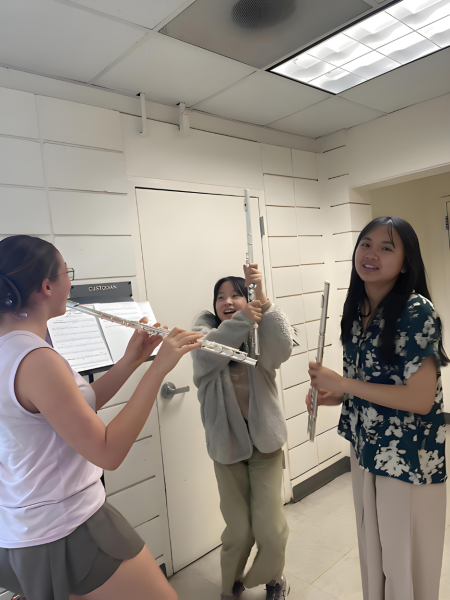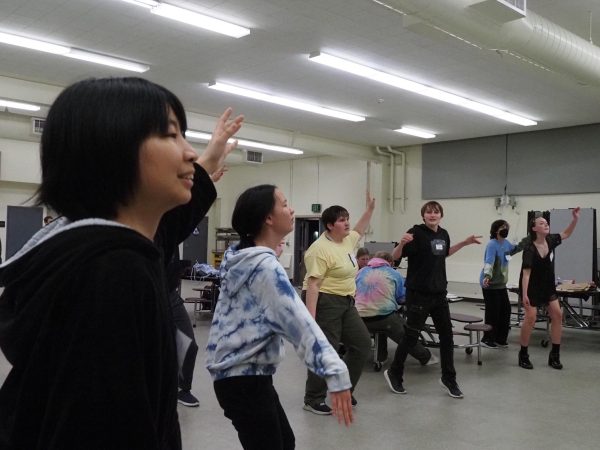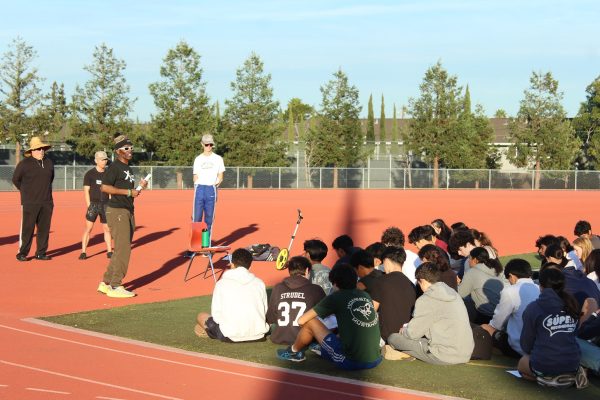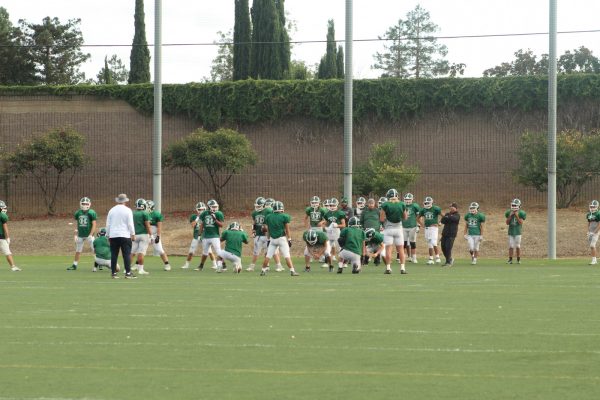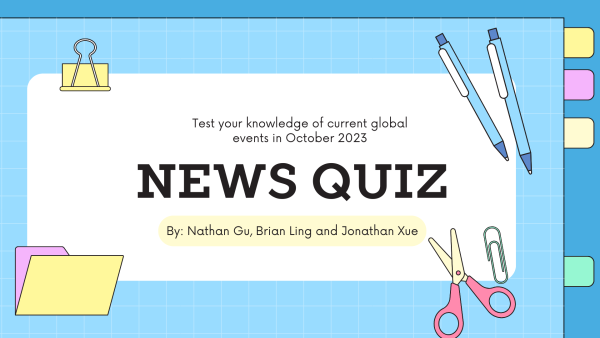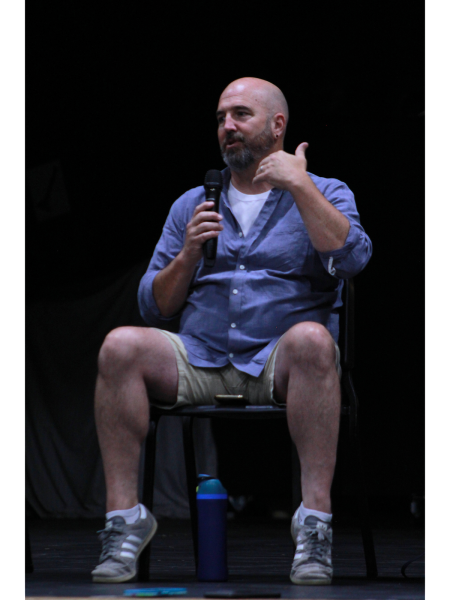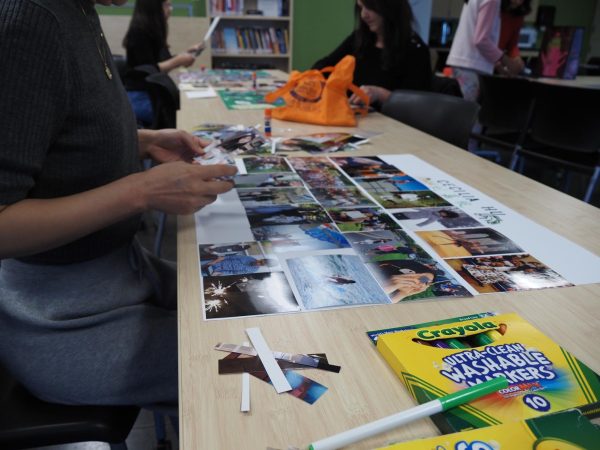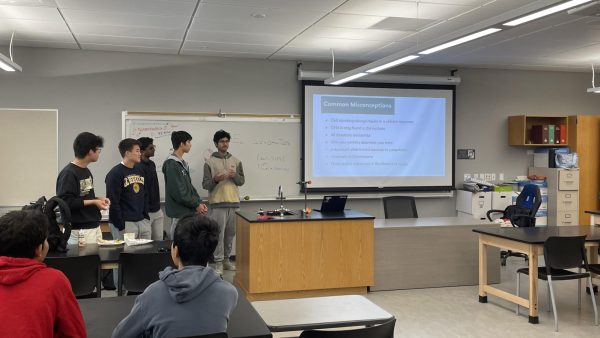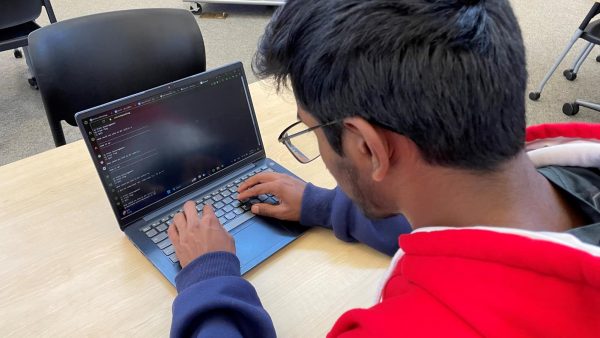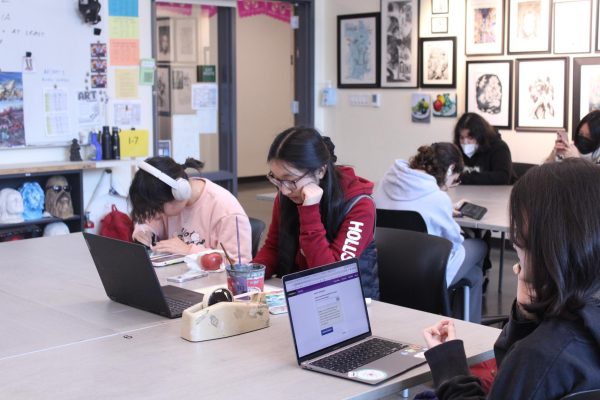A personalized approach to learning
Physics teacher implements an engaging system for students
Teachers across campus incorporate numerous techniques to engage students for the duration of their class, such as in-class group activities, warm-up questions and quotes of the day. AP physics 1 and college prep physics teacher Kathleen Shreve said she utilizes many of these tools in her teaching routine to aid her students in learning about the fundamentals of the world.
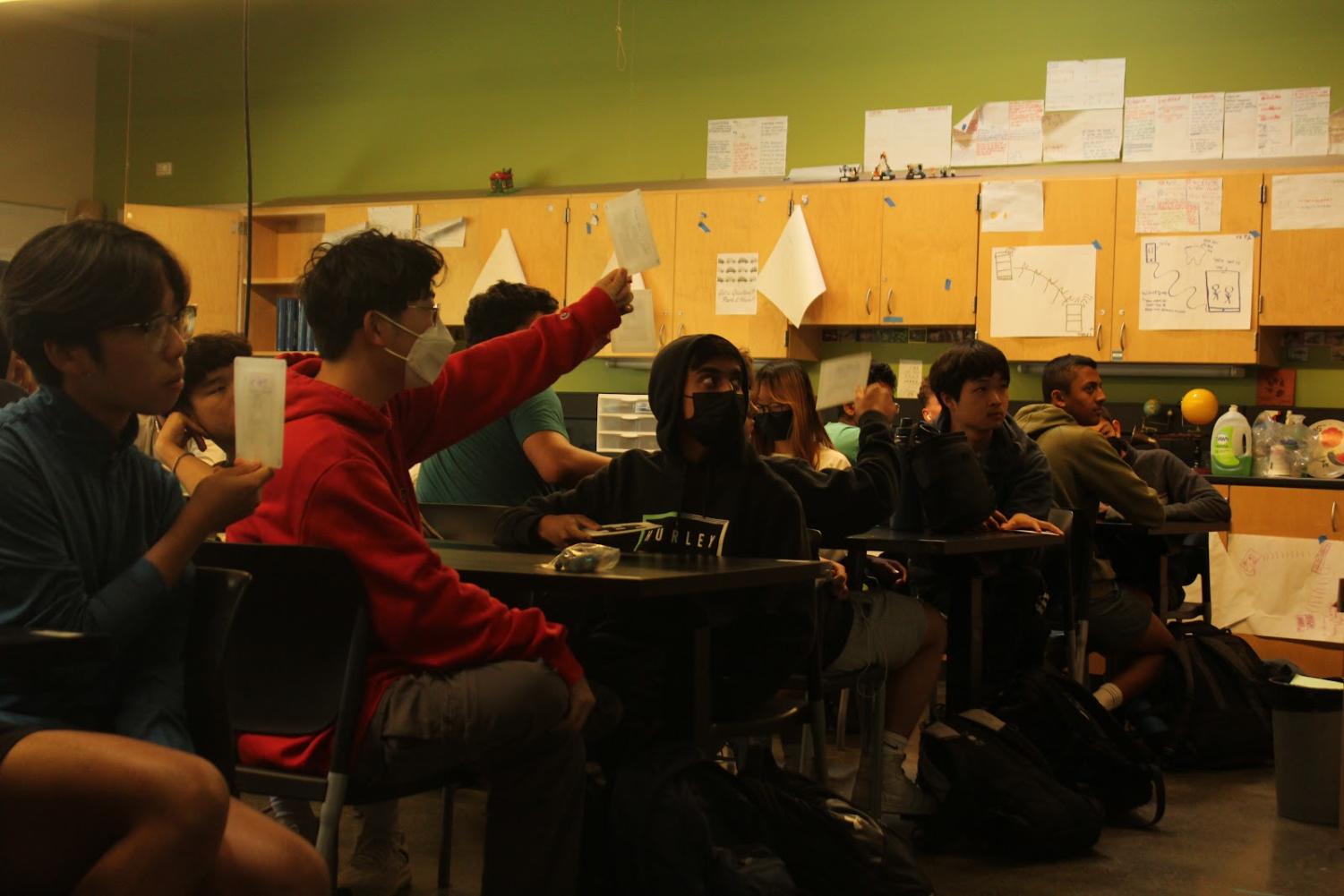
Additions of engaging activities into her lesson plan like trivia via Plicker cards, a learning software that allows students to orient the pattern on the card in a way that represents an answer choice, is essential for her students to work together and learn, Shreve said. The physics teacher said she tries to disperse random questions along with physics-based ones and requires class participation to be successful.
“It depends on the kid, ” Shreve said. “Some of them think it’s a waste of time, but my feeling is, I ask for a certain amount of vulnerability from my students, and a lot of what I do in my college prep class are activities based around what students are interested in. If I know what they like, I know how to frame the activity in a way that they find interesting.”
While college prep physics allows more teaching flexibility than AP physics 1 without a set curriculum from College Board, Shreve said she still tries to incorporate her teaching style in both classes.
Despite mainly implementing activities within her class structure to help her students comprehend difficult physics topics, Shreve said she hopes her students can also appreciate physics as she does.
“For me, a lot of times with activities, it’s really looking at what the world looks like around me and just making observations of the world,” Shreve said. “Then [I try] to figure out a way to help students make those connections because, for me, one thing that I find beautiful about the world is how it works, which is the physics behind it.”
Through guiding these in-class activities, Shreve said she enjoys watching her students learn and delve deeper into physics concepts
“I love watching ‘aha moments’ where you see a student connect what they know to what they’re doing and the actual physics content,” Shreve said. “They’re like, ‘oh my god, I understand.’ It’s a really wonderful process to watch and it really makes me so happy.”
Nathan is a senior and sports editor for The Epitaph. In his second year, he hopes to tell stories highlighting the HHS community. Nathan enjoys playing...




